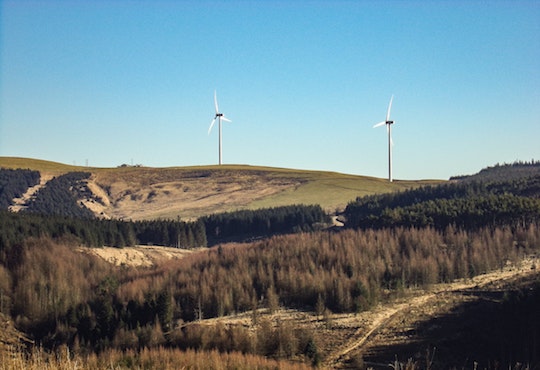Greenhouse gas emissions could be halved in the next decade if a small number of current technologies and behavioural trends are ramped up and adopted more widely, researchers have found, saying strong civil society movements are needed to drive such change.
Avoiding deforestation and improving land management could reduce emissions by the equivalent of about 9bn tonnes of carbon dioxide a year by 2030, according to the report, but contradictory subsidies, poor planning and vested interests could stop this from happening.
Key to any transition will be the growing social movements that are pressing for urgent action on climate breakdown. By driving behavioural change, such as moving away from the overconsumption of meat and putting pressure on governments and companies, civil movements have the power to drive the transformation needed in the next decade, say the report’s authors.
The experts identified 36 developments that would produce the emission cuts needed, from renewable energy to changes in food production, the design of cities, and international transport, such as shipping. All of them are judged possible to achieve by 2030.
Social movements will be a top priority because consumers can put pressure on the companies whose goods they buy, and public support makes it possible for political leaders to adopt bolder policies. Countries including the UK, France, Sweden and Norway have adopted a net-zero-carbon target for 2050.
The need to move to net zero carbon by 2050 – effectively reducing most of the world’s output of carbon dioxide emissions, and increasing the absorption of carbon by vegetation and other means – is based on the findings of the Intergovernmental Panel on Climate Change.
In its report last year, the body of leading climate scientists found there would be dire effects if temperatures were to exceed 1.5C above pre-industrial levels, and found reducing carbon to near zero by mid-century was the best way to avoid this.
Read full original article at theguardian.com
19 septiembre 2019Original Author: Fiona Harvey

